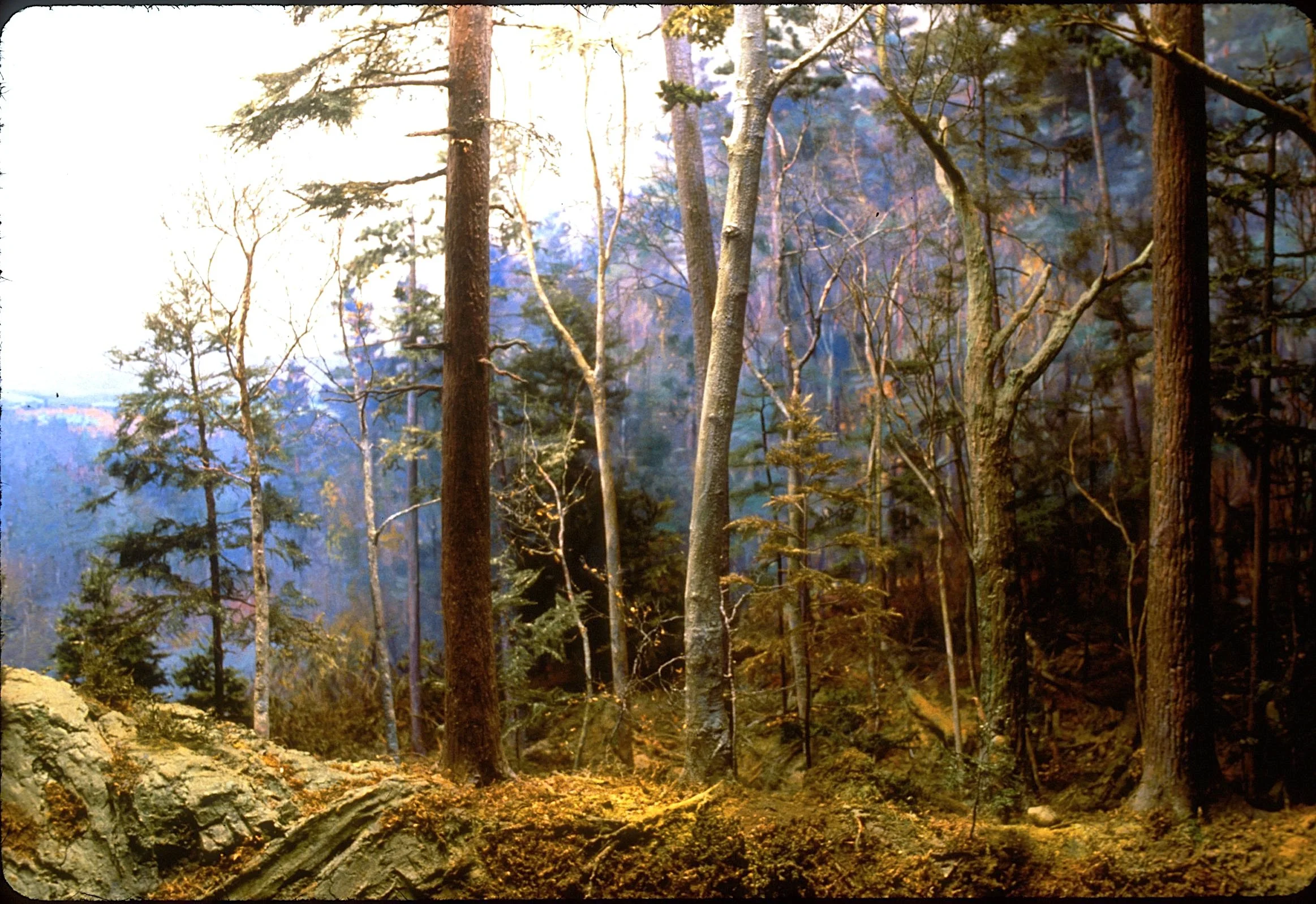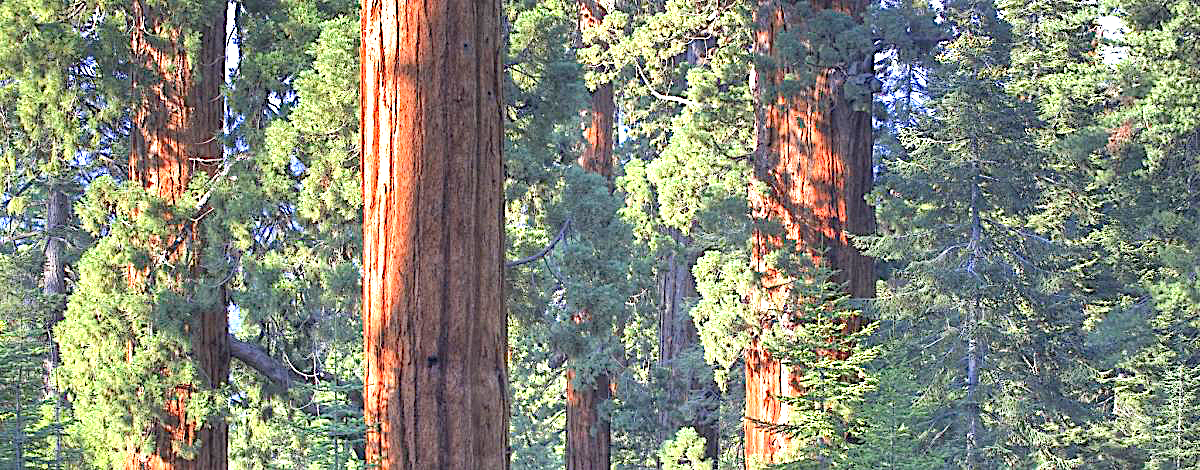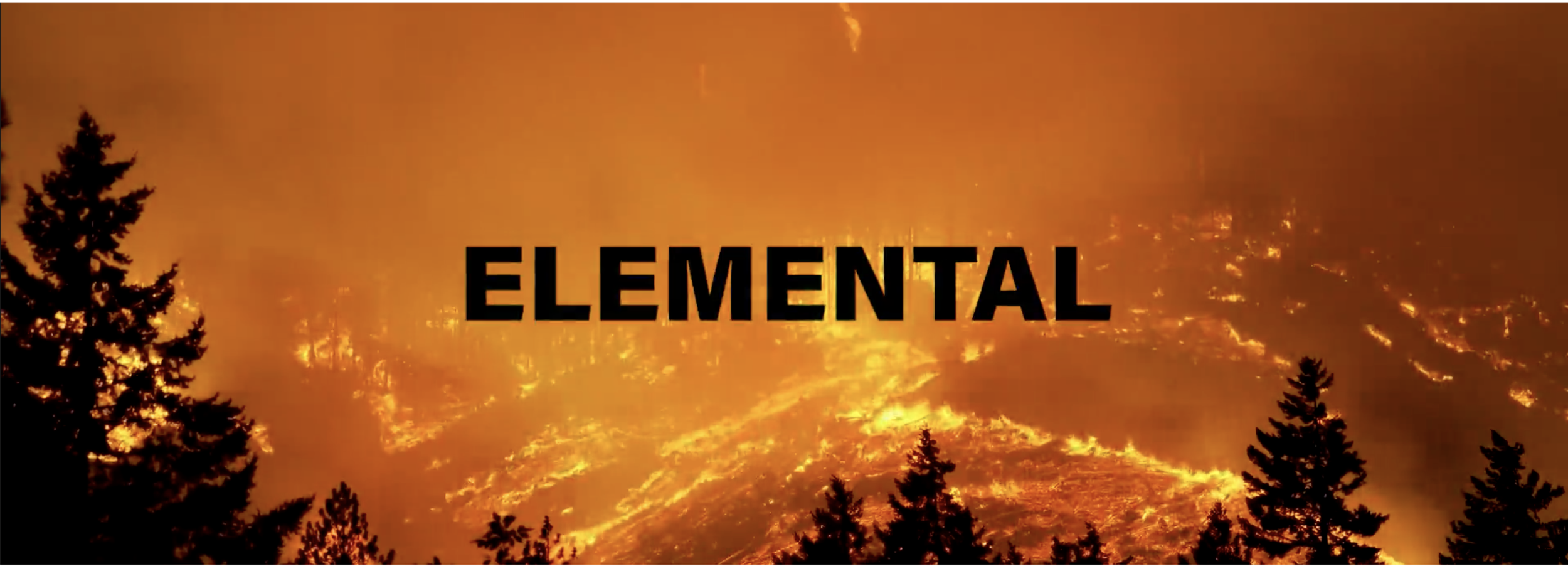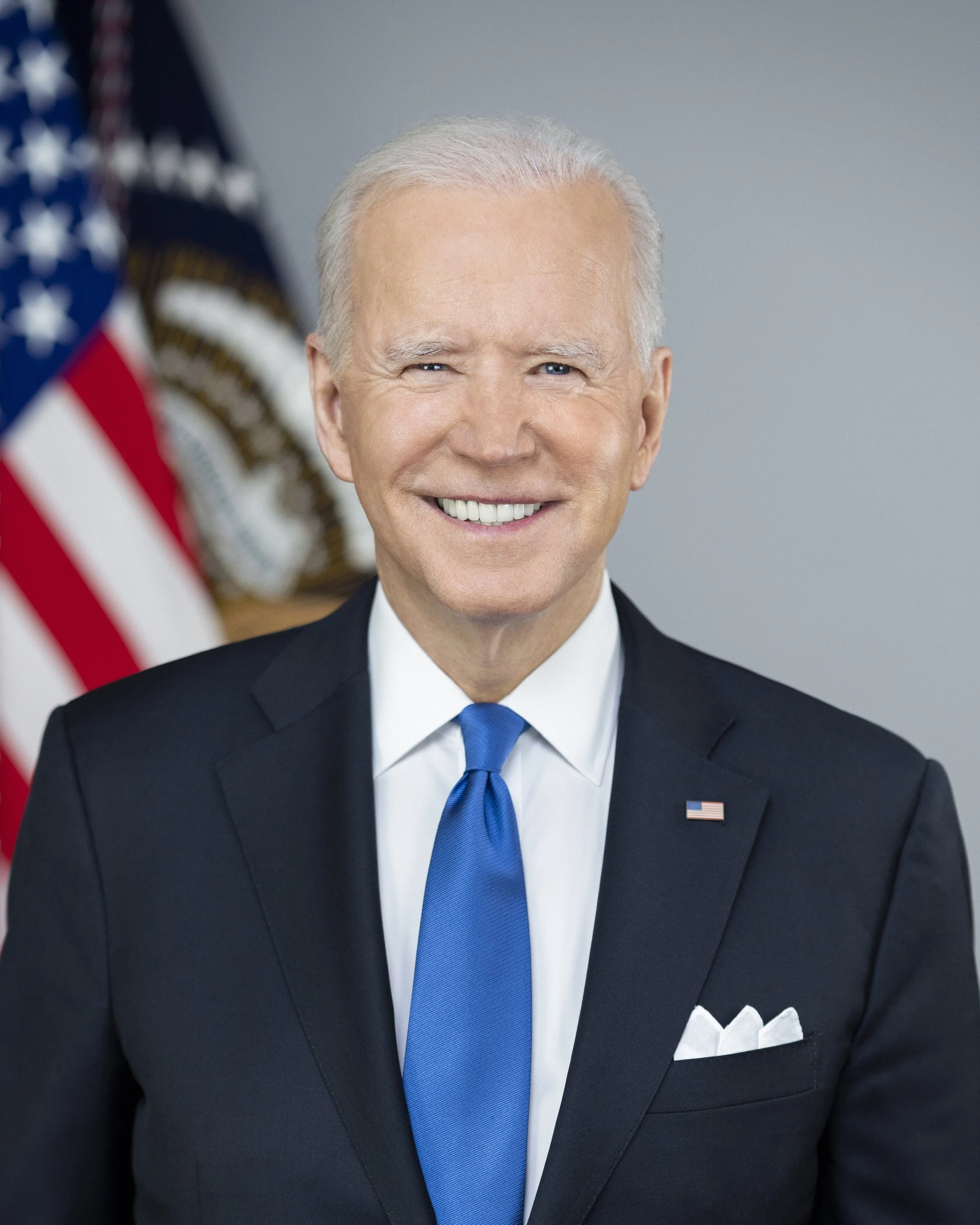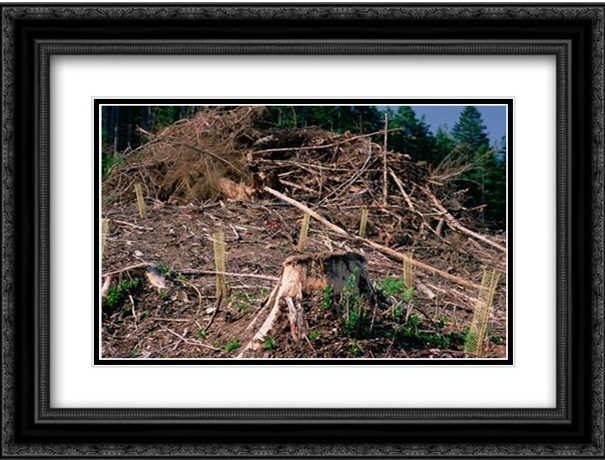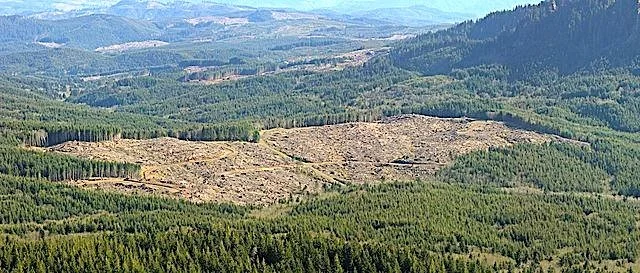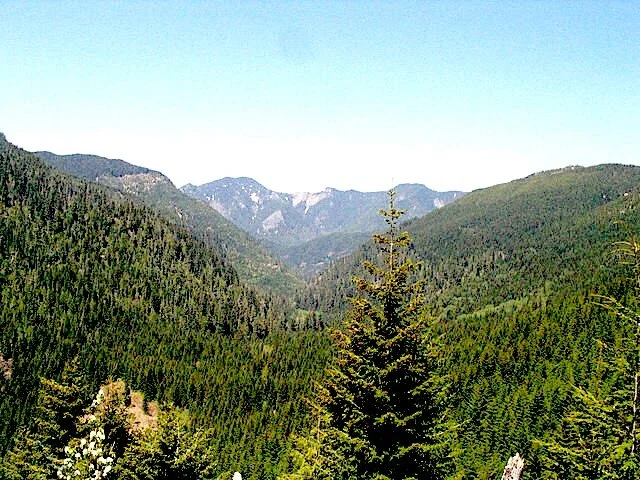Sort By Category
- 30x30
- Administration
- Antiquities Act
- Book Reviews
- Bureau of Land Management
- Climate Change
- Climate change
- Coasts
- Congress
- Counties & Federal Lands
- Courts
- Courts & Litigation
- Department of Agriculture
- Department of Interior
- Deserts
- Ecological Reserves
- Ecosystems
- Elections
- Endangered Species
- Energy
- Estuaries
- Federal Lands
- Fish
- Fish and Wildlife Service
- Forest
- Forest Fires
- Forest Service
- Forestry
- Forests
- Grasslands
- Land & Water Cons. Fund
- Land & Water Conservation Fund
- Legislation
- Litigation
- Livestock Grazing
- Marine Protected Areas
- Marine Sanctuaries
- Mature & Old-Growth Forests
- Mature and Old-Growth Foresrts
- Mining
- Nat'l Conservation Lands
- National Forest System
- National Marine Sanctuaries
- National Monuments
- National Monuments Act
- National Park Service
- National Park System
- National Parks
- National Recreation Area
- National Scenic Area
Sort By Tag
- 1002 area
- 30x30
- 5th Amendment
- ANWR
- Acadia National Park
- Adam Smith
- Administrative Procedure Act
- Advancing Conservation and Education Act
- Alan Bates
- Alan Deboer
- Alaska
- Alaska National Interest Lands Act
- Alaska Native Claims Settlement Act
- Aldo Leopold
- American Forest Resource Council
- American Prairie Reserve
- American Tree Farm System
- American beef supply
- American black duck
- American woodcock
- Ammon Bundy
- Ancient Forest National Park
- Anders Eskil Carlson
- Andrea Salinas
- Andrew N. Gray
- Andy Kerr
- Animal unit month
- Ansel Adams
- Antiquities Act
- Applegate Primitive Backcountry Area
- Aqua Fria National Monument
- Aquatic Conservation Strategy
- Aquatic Conservation and Riparian Strategy
- Arches National Monument
- Arches National Park
- Arctic National Wildlife Refuge
- Areas of Critical Environmental Concern
- Army Corps of Engineers
- Association of O&C Counties
- Astoria Canyon
- Astoria Fan
- Atlantic Coast
- Augusta Canal NHA
- Avarna Group
- Avi Kaw Ame
- BLM Conservation Rule
- BLM Zone 3 Lands
- BOEM Oregon Planning Area
- Baboquivari Peak Wilderness
- Baker County
Forests in the American East, Part 1: A Pandemic of Shifting Baseline Syndrome
This is the first of a three-post examination of forests in the American East. Part 1 diagnoses an “environmental generational amnesia” that makes people think it is okay to not have real (old-growth) forests and to tolerate, if not facilitate, massive and repeated clear-cutting and/or deforestation in the name of creating “early successional habitat” for species of wildlife that we need not be concerned about. Part 2 will shed light on a conspiracy of self-interested timber companies, misguided public land foresters, misinformed wildlife biologists, and Kool-Aid-drinking conservationists. Part 3 will suggest ways to partially—but significantly—bring back the magnificent old-growth forests that have long been lost.
Preforests in the American West, Part 1: Understanding Forest Succession
This is the first of a two-post exploration of the stage of forest succession that occurs after a stand-replacing event and before the canopy again closes and dominates the site. In Part 1, we discuss why preforests are valuable, if undervalued. In Part 2, we will address management of preforests to preserve their ecological value.
Preforests in the American West, Part 2: “Reforestation,” By Gawd?
This is the second of a two-post exploration of the stage of forest succession that occurs after a stand-replacing event and before the canopy again closes and dominates the site. Part 1 discussed why preforests are valuable, if undervalued. Part 2 addresses management of preforests to preserve their ecological value.
Book Review: Our Common Ground: A History of America’s Public Lands
Understanding the history of public lands is useful if one is to be the best advocate for the conservation of public lands.
The Forested Estate of the Bureau of Land Management
While some states have more forested BLM land than does Oregon, in terms of biomass (think lots of big trees) Oregon’s BLM lands are likely more carbon-rich than all of the others combined.
Oregon State Forests: Public Forests, Not County ATMs
It turns out that state forests are not held in trust for the financial benefit of certain timber-addicted counties.
Blumenauer’s REC Act of 2022: A Wreck for Conservation
Blumenauer’s bill would open up Mount Hood National Forest to new logging loopholes.
The Futility of “Fighting” Wildfire: Elemental—A Film Review
“It’s a home ignition problem, not a wildfire control problem.” —Jack Cohen, USDA Forest Service fire scientist
Biden’s Executive Order on Forests, Part 2: Seize the Day!
This is the second of two Public Lands Blog posts on the president’s executive order (EO) on forests, which, among other things, unambiguously directs the federal forest agencies to conserve the remaining mature and old-growth forests. Part 1 dissected the order. Part 2 places it in the current political context and makes recommendations to various key interests on how best to ensure that the potential of the EO is fulfilled.
Biden’s Executive Order on Forests, Part 1: A Great Opportunity
This is the first of two Public Lands Blog posts on the president’s executive order (EO) on forests, which, among other things, unambiguously directs the federal forest agencies to conserve the remaining mature and old-growth forests. Part 1 dissects the order. Part 2 will place it in the current political context and make recommendations to various key interests on how best to ensure that the potential of the EO is fulfilled.
Mark Odom Hatfield, Part 2: A Great but Complicated Oregonian
This is the second of two Public Lands Blog posts on the most consequential Oregonian yet to serve in the United States Senate. In Part 1, we looked at his role in enabling the destruction of Oregon forests. In Part 2, we look at his complicated legacy.
The Oregon Private Forest Accords, Part 2: Grand Bargain, Mere Détente, or Great Sellout?
This is the second of two Public Lands Blog posts that are not about public lands but rather the conservation of public resources on private land. I offer my take on the Oregon Private Forest Accords (OPFA) because several readers asked for it. Part 1 examined the Oregon OPFA deal and its significance. Part 2 examines whether the OPFA is a grand bargain, a mere détente, or a great sellout.
The Oregon Private Forest Accords, Part 1: The Deal and Its Significance
This is the first of two Public Lands Blog posts that are not about public lands but rather the conservation of public resources on private land. I offer my take on the Oregon Private Forest Accords (OPFA) because several readers asked for it. Part 1 examines the Oregon OPFA deal and its significance. Part 2 will examine whether the OPFA is a grand bargain, a mere détente, or a great sellout.
Certified Wood from Federal Forests? Hell No. Make That NFW!
The FSC is back with a new document signaling its continuing quest to certify wood products that come from federal public lands (including units of the National Park System) as being “environmentally sound, socially beneficial, and economically prosperous.” The standards FSC is proposing to apply to federal forestlands are little more than what is required of federal land management agencies now, if that. It’s called greenwashing.
Preremembering Jerry Franklin and Norm Johnson, Oregon Conservationist
The old forests of the Pacific Northwest are in far better condition today than they would be if not for Professors Jerry F. (for Forest!) Franklin and K. Norman Johnson. “Norm and Jerry,” as they are affectionately (or, depending upon your point of view, derisively) known, have had a greater positive impact on federal forest policy in the Pacific Northwest than any other individuals.
Oregon State Forest Lands, Part 3: “Greatest Permanent Value”
This is the third of three Public Lands Blog posts on state-owned forestlands in Oregon. Part 1 focused on a prospective habitat management plan for state forestlands in western Oregon. Part 2 surveyed state forests in Oregon by location, owner, and manager. Part 3 examines several key issues pertaining to state forest management in Oregon and explores how to secure the greatest permanent value of state forestlands to the state.
Oregon State Forest Lands, Part 2: What, Where, Who, Why, and How Much
This is the second of three Public Lands Blog posts on state-owned forestlands in Oregon. Part 1 focused on a prospective habitat management plan for state forestlands in western Oregon. Part 2 surveys state forests in Oregon by location, owner, and manager. Part 3 will examine several key issues pertaining to state forest management in Oregon and explore how to secure the greatest permanent value of state forestlands to the state.
Oregon State Forest Lands, Part 1: A New Day?
This is the first of three Public Lands Blog posts on state-owned forestlands in Oregon. Part 1 focuses on a prospective habitat management plan for state forestlands in western Oregon. Part 2 will survey state forests in Oregon by location, owner, and manager. Part 3 will examine several key issues pertaining to state forest management in Oregon and explore how to secure the greatest permanent value of state forestlands to the state.
Amending the Eastside Screens, Part 3: Reignition of the Eastside Forest War or Slight Midcourse Correction?
This is the third of three Public Lands Blog posts that consider the desire of the Forest Service to amend a provision of the “Eastside Screens,” standards designed to protect public forests east of the Cascade Range. Part 1 examined the history, science, and politics leading up to the adoption of the Eastside Screens and their implementation since then. Part 2 explored issues both of management and of the science behind the management. Part 3 suggests what the Forest Service could do to improve the Eastside Screens, in both the short and long term.
Amending the Eastside Screens, Part 2: The Science of Management and the Management of Science
This is the second of what were to be two but now are three Public Lands Blog posts that consider the desire of the Forest Service to amend a provision of the “Eastside Screens,” standards designed to protect public forests east of the Cascade Range. Part 1 examined the history, science, and politics leading up to the adoption of the Eastside Screens and their implementation since then. Part 2 explores issues both of management and of the science behind the management. Part 3 will suggest what the Forest Service could do to improve the Eastside Screens, in both the short and long term.
